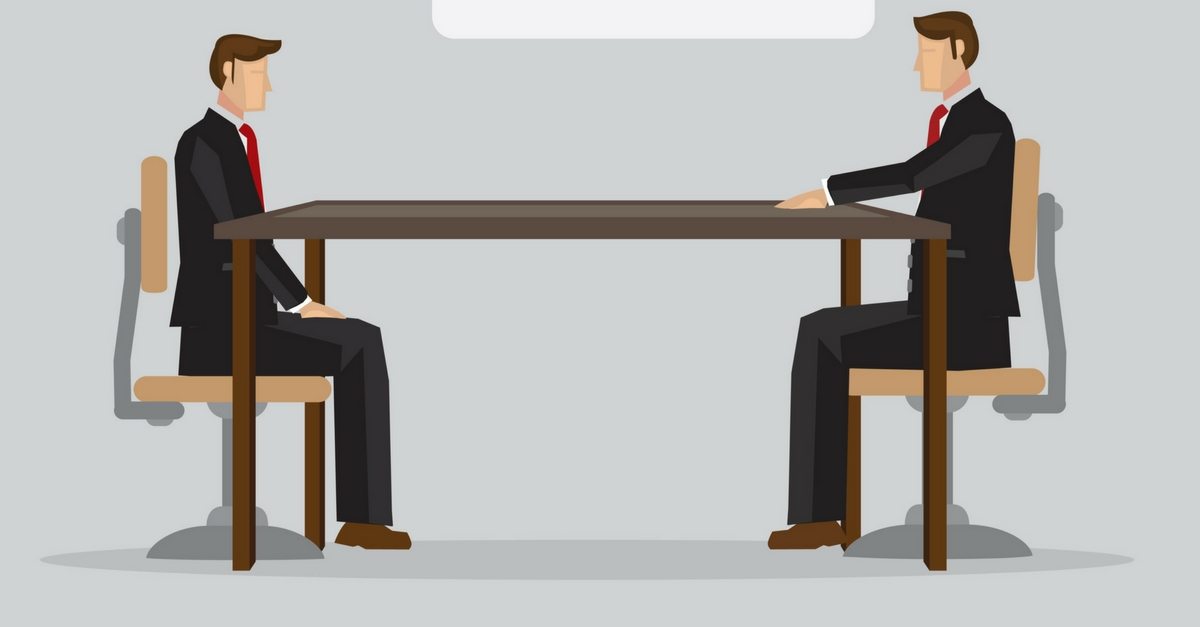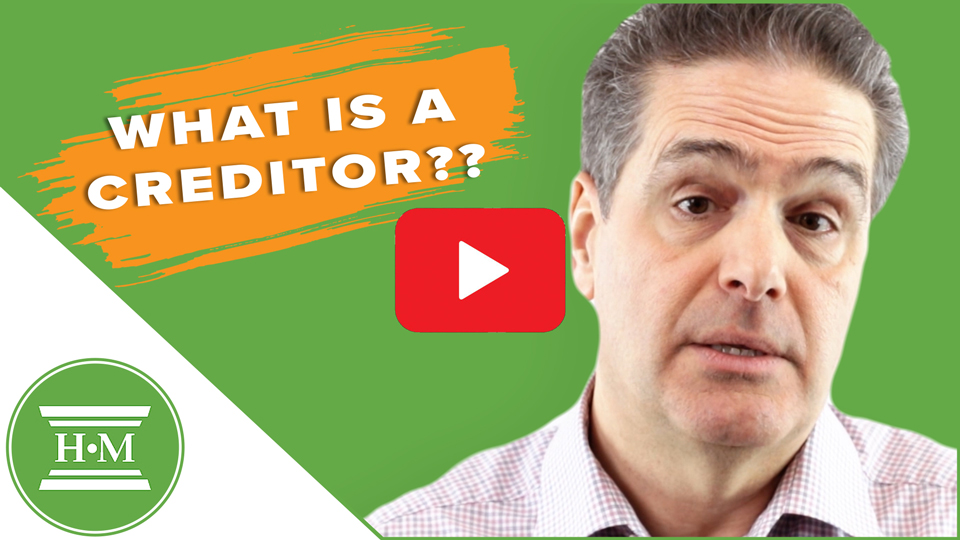
When you are experiencing financial difficulty, it is important to understand the different types of creditors you may have in order to assess the impact of various bankruptcy options on those debts. Below is an explanation of the different types of creditors in a bankruptcy and how each type of debt is dealt with in a bankruptcy or proposal in Canada.
Table of Contents
What is a creditor?
First let’s start with the basic definition of a creditor.
In financial terms, a “creditor” is a person or company that you (a debtor) owe money to.
However the Bankruptcy & Insolvency Act limits the definition of a creditor to “a person having a claim provable as a claim under this Act’.
There are two major classes of creditors in bankruptcy in Canada – secured creditors and unsecured creditors. Each of these classes is made up of a number of sub-classes.

What is a secured creditor?
A secured creditor is a person or business that loaned you money with the condition that if you failed to repay the debt they had a right to one (or some) of your possessions or property – this can be referred to as a mortgage, hypothec, pledge, charge, or lien on the property. It is important to understand that by their very nature, a secured creditor may have a right to the items listed as their security.
Loans secured in this way are known as secured debt. Some examples of secured creditors would be:
- The financial institution that holds your mortgage (if you don’t make your payments then the creditor may take possession of and sell your house);
- The financial institution that holds your car loan
- A leasing company;
- A rent-to-own company;
- A finance company; and
- Any other creditor that you pledge your possessions to in order to receive credit.
There are a number of different ways to register security in Ontario, including, but not limited to, the Land Registry for real property such as a house, the Personal Property Security Act (PPSA) for personal property such as vehicles and household goods, and Repair and Storage Lien Act (RSLA) for personal items that have been repaired, such as vehicles, or placed in storage.
Why are secured creditors important?
The most important thing to understand about secured creditors is that secured debts are not included in your bankruptcy proceedings. The Bankruptcy and Insolvency Act only pertains to unsecured debts.
If you have any secured debts at the time you file bankruptcy, you will still be required to make payments towards those debts up to the fair market value of the items they hold as security. If you stop making payments they can take action to ‘seize’ the asset you pledged as security for the loan you received. A “lien” is the technical term for pledging any asset as security for a loan.
Your secured lender could take any of the following actions if you file for bankruptcy (we will use a secured loan against a boat as an example)
- If you want to keep your boat, and you are current on your payment, your secured lender will probably ask you if you wish to continue making your regular payments;
- If your boat is worth less than you owe, you could give up the boat; the secured lender will sell the boat and any shortfall could be an unsecured claim in your bankruptcy or
- If your boat is worth more that what you owe, your trustee can sell the boat, pay off the secured lender with the balance going to your other creditors or you can negotiate with the trustee to pay the excess over the loan amount and you can continue to make your payments to your secured lender.
In our example, we could have used a car, furniture, savings bonds, even your house.
There are special exemptions for a car or house in Ontario that may apply. For more information on how these types of secured assets are treated in a bankruptcy see our article on a house and bankruptcy or your car and bankruptcy.
Types of unsecured Creditors
An unsecured creditor is a person or company that does not have a direct claim on the debtor’s property. Unsecured creditors may be able to register an execution or judgment against an asset, but usually these registrations can be removed once the debtor has been discharged from bankruptcy or upon completion of their consumer proposal.
Typical unsecured creditors include:
- credit card debts
- bank loans not secured by an asset
- monthly utility bills,
- payday loans,
- government guaranteed student debt,
- most tax debts unless the government has registered a lien against your property.
In a bankruptcy, unsecured creditors with a proven claim receive a distribution of the monies realized in your bankruptcy. Debts can sometimes be disputed or contingent but still allowable in a bankruptcy.
Some unsecured creditors rank ahead of others in terms of priority. Creditors receive a pro-rated or pari passu share based on these priorities.
There are 3 types of unsecured creditors defined by the Bankruptcy & Insolvency Act –
- preferred,
- deferred, and
- ordinary.
A preferred creditor is one that has a claim or a partial claim that is entitled to receive a dividend before any of the other unsecured creditors in a personal bankruptcy or a consumer proposal. Some examples of preferred claims are employee wages, traveling salespersons expense accounts and court order support agreements.
Deferred creditors are persons or companies that are not entitled to receive any money from a trustee administering a personal bankruptcy or consumer proposal until all of the other creditors have been paid in full. Family members and other related parties often are classified as deferred creditors.
If a debt does not fall into the deferred or preferred subclasses then it is deemed to be an ordinary unsecured creditor. These debts include things like credit cards, bank loans, income taxes,. Most unsecured creditors fall into the ordinary subgroup.
What about tax debts?
You may owe the government money in the form of income taxes, payroll or source deductions, or HST for example. In cases of bankruptcy, tax debts are treated in the same manner as unsecured debts unless the government has registered a lien against your home before you filed.
What about student debts?
Similarly, student debts are usually unsecured. Government guaranteed student loans are unsecured but are also subject to special rules before student loans can be discharged in a bankruptcy.
Debts With Co-Signers
Some forms of debt require a guarantor or co-signer upon signing up. If you declare bankruptcy you will no longer be liable for co-signed debts however your co-signer will be required to repay your debt.
If you find yourself in a situation where you feel you can no longer handle your debts on your own, contact our professional debt management team at Hoyes Michalos. We can help you determine which debt repayment option is best for you.





